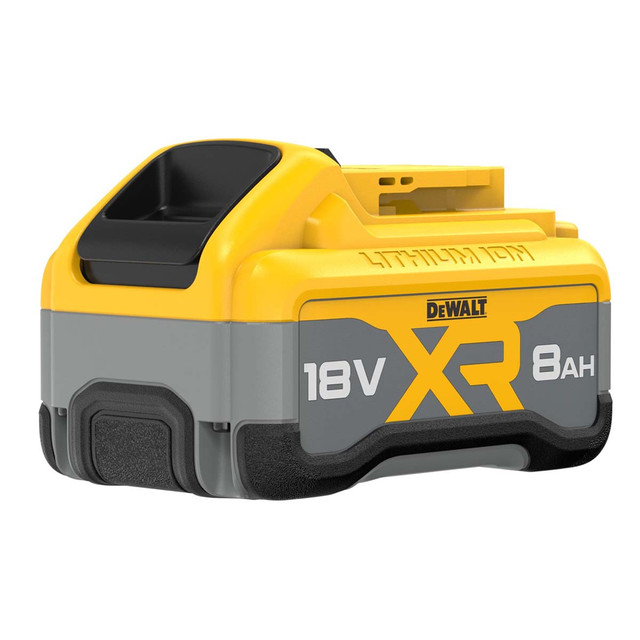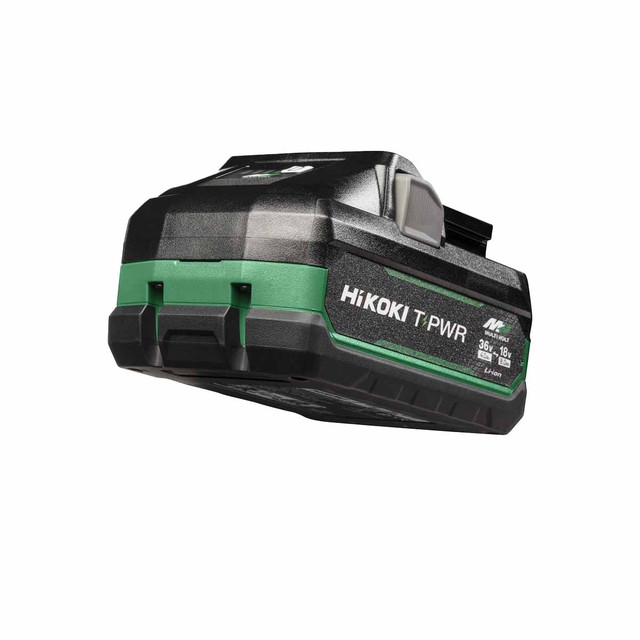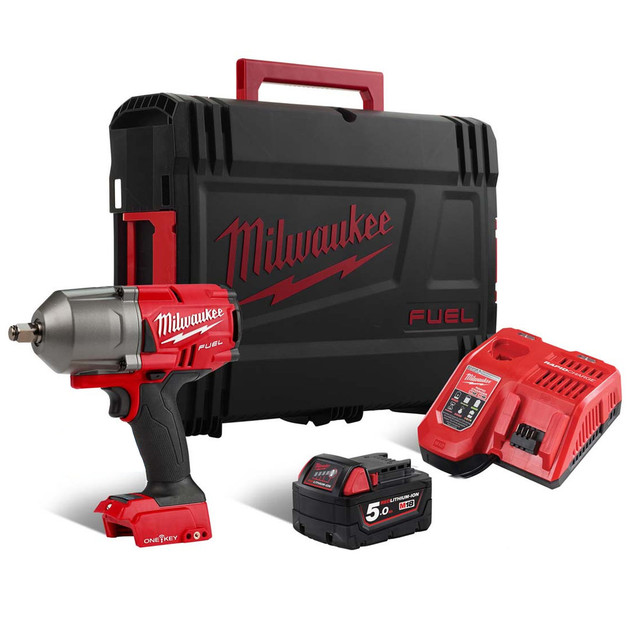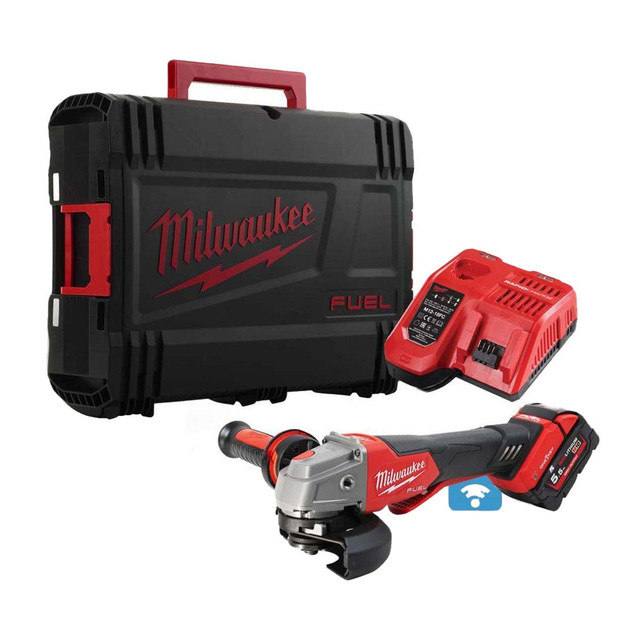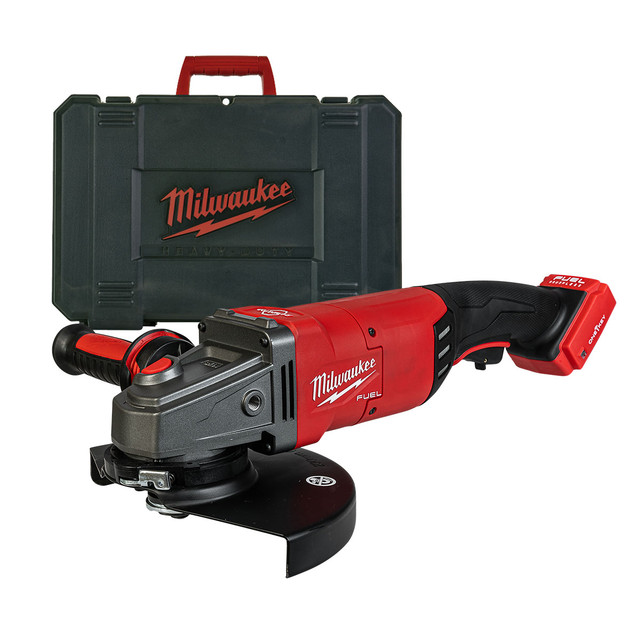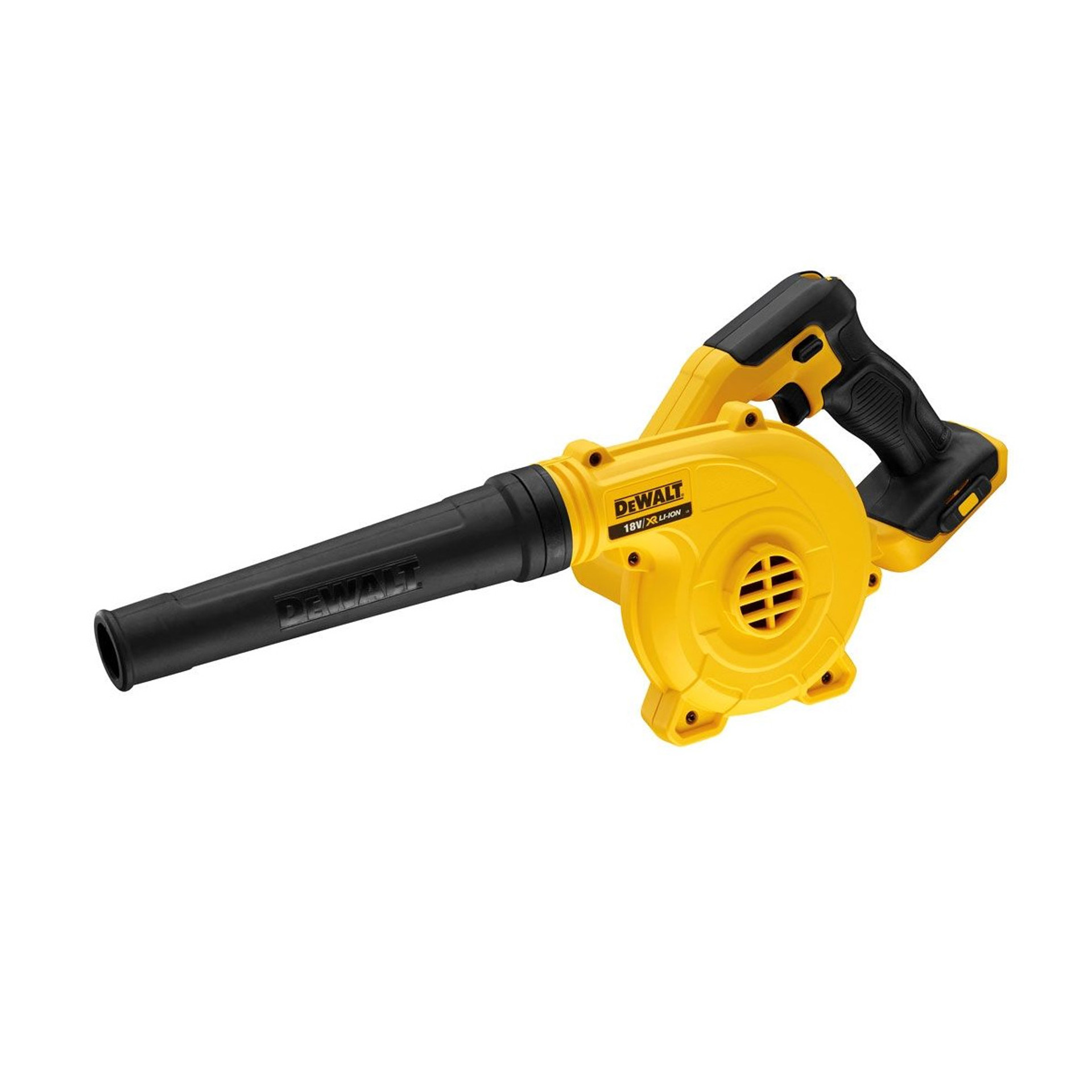The Future of Cordless Tools: Trends to Watch in 2025
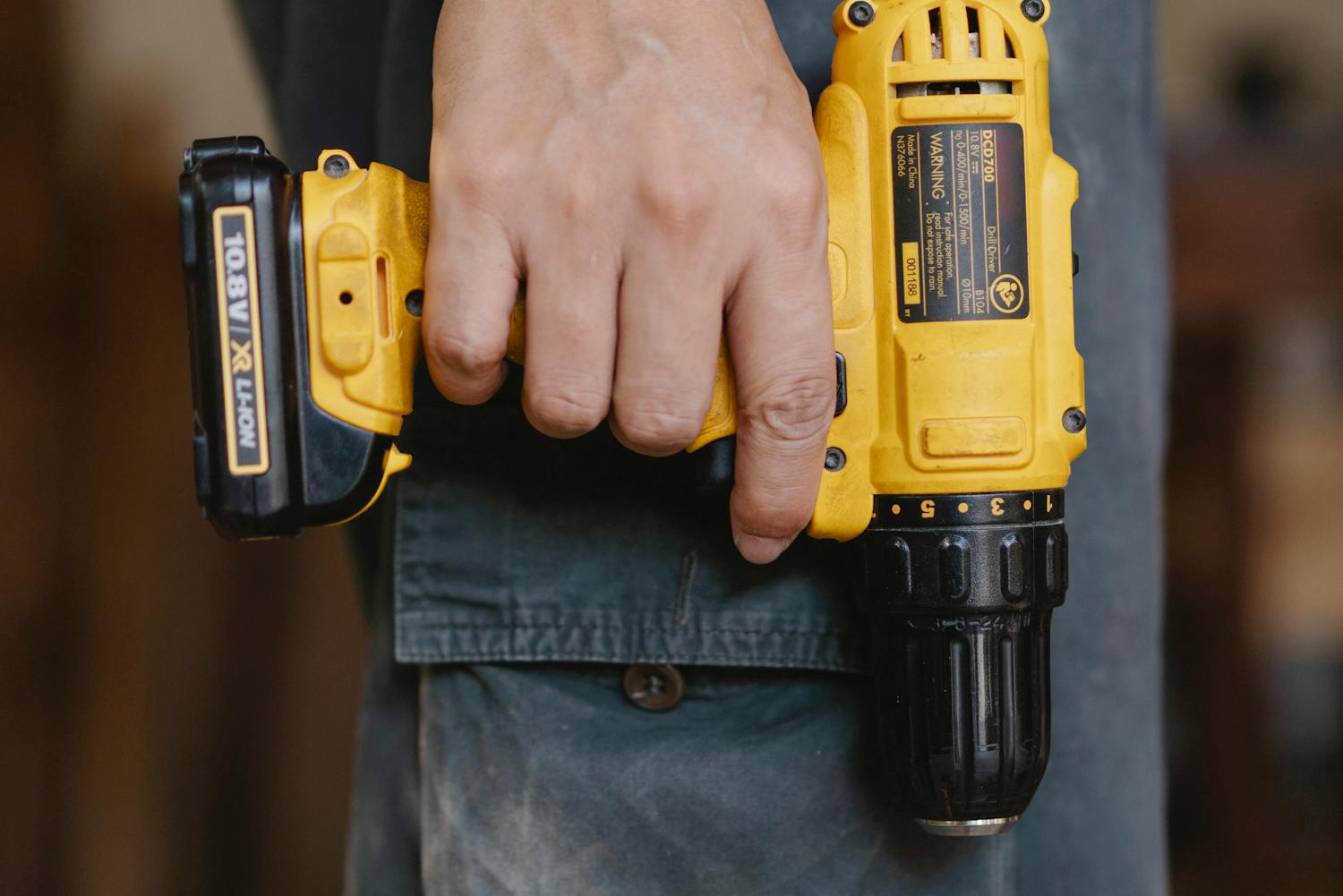
As we move through 2025, cordless power tools continue to push boundaries once thought exclusive to corded or petrol-powered equipment. From building sites to home workshops, tradespeople and DIY enthusiasts alike are benefiting from rapid advances in battery technology, smart features, and high-performance motors. Cordless tools are not just matching their corded counterparts – in many cases, they’re surpassing them in power, convenience and efficiency. In this blog post, we’ll explore the key trends shaping the future of cordless tools in 2025, including breakthrough batteries, connected smart tools, Makita’s latest innovations, and the expansion of cordless tech into outdoor equipment. (Keep an eye out for placeholders where you can insert links to Toolden’s products as needed!)
Next-Generation Batteries: Tabless Tech & Shared Platforms
Next-Gen Batteries: Power Meets Intelligence
Fast Charging & Rugged Design: Most packs now charge in under an hour and resist drops, weather, and jobsite abuse.
Tabless Cell Tech: Found in DeWalt XR POWERPACK™, this structure allows better energy flow, 50% more power, and longer life.
Shared Platforms: Brands like Makita (LXT) and Bosch (AMPShare) let you run multiple tools on one battery system.
Multi-Voltage Packs: DeWalt FlexVolt automatically adjusts between 18V and 54V—one battery for light or heavy tasks.
Smart Tools & App Integration: Milwaukee One-Key
| Feature | What it does | Practical benefit / example on site |
|---|---|---|
| Remote Tool Control | Lets you dial-in and store precise settings (speed, torque, clutch, etc.) from your phone and save them as job-specific profiles. | Select a saved “Decking Screws” profile and the drill automatically runs at the perfect RPM and clutch setting, giving consistent, error-free results with no manual tweaking. |
| Inventory Tracking | Every One-Key tool broadcasts its presence via Bluetooth so the app shows its last known location on a map. | Quickly see which van, floor or site box your kit is in, and receive an alert if a tool strays out of range or is left behind. |
| Security & Lock-out | Owners can remotely disable a missing tool or set geo-fences that trigger alerts when equipment leaves site. | A stolen drill becomes a useless paperweight, acting as a strong theft deterrent in high-risk environments. |
| Performance Monitoring | The app logs usage data (hours run, trigger pulls, overload events, etc.) from the tool’s electronics. | Plan predictive maintenance—e.g. schedule a service when a grinder hits a set number of hours—avoiding costly downtime and reactive repairs. |
| Cross-brand Ecosystem | Similar smart platforms from other manufacturers: DeWalt Tool Connect and Bosch Toolbox. | A site manager can set a safe RPM across every connected drill, check which batteries need charging, or locate a misplaced nail-gun from a single dashboard. |
Milwaukee M18ONEFHIWF12-501X 18V Fuel ONE-KEY Brushless 1/2″ Impact Wrench with Friction Ring Kit & 1x 5.0Ah Battery
Brushless Motors: More Power & Efficiency
- Brushless has gone mainstream (2025): even mid-range and DIY cordless tools now ditch carbon brushes for electronic commutation.
- Efficiency gains: no brush friction means 30–50 % longer runtime per charge; batteries work harder and tools can be made smaller and lighter.
- More muscle: paired with smart electronics (e.g. Milwaukee POWERSTATE, DeWalt XR), 18 V impact drivers now top 200 Nm and cordless saws match 1 200 W corded models.
- Runs cooler & lasts longer: lower heat protects internals, while the absence of brushes eliminates a major wear point—so tools survive tougher, longer shifts.
- Near-zero maintenance: no brushes to replace, fewer parts to fail; brands back this with extended warranties.
- Cost gap has shrunk: with price differences narrowing, upgrading from brushed to brushless is a clear win for pros and serious DIYers—more power, more work, less weight.
Cordless Outdoors: From the Garden to the Jobsite
Cordless tools have transformed modern gardening in 2025. Battery-powered lawn mowers, strimmers, hedge trimmers, and leaf blowers are now the go-to for homeowners and professionals seeking quiet, low-maintenance performance. With no need for fuel mixing, pull-cords, or oil changes, today’s cordless garden tools offer a cleaner, easier alternative to petrol – and they’ve got the runtime and power to prove it. A single charge can easily handle a medium-sized lawn, and tool platforms like Makita LXT allow you to run multiple outdoor tools on the same battery.
Meanwhile, construction sites are moving away from generators and cables. Cordless SDS+ drills, tower lights, and even breakers – like those in the Milwaukee MX FUEL range – are proving that battery-powered doesn’t mean underpowered. High-voltage packs (36V–54V) now drive tools once thought too demanding for cordless, cutting down on noise, emissions, and setup time. For contractors, it means lighter kit, faster starts, and the ability to work anywhere – without compromise.
FAQ
Q: Can I use one battery for multiple cordless tools?
Shared battery platforms: Most manufacturers now design their tools around one battery system. A single battery type can power dozens of tools within the same brand’s range (for example, one 18V battery will run that brand’s drill, circular saw, flashlight, etc.). This saves you money and hassle, as you don’t need a different battery for every tool.
Q: Can today’s cordless tools really match (or even beat) the performance of corded tools?
Power improvements: Yes – cordless tools have come a long way. Thanks to high-capacity lithium batteries and efficient brushless motors, the top cordless models in 2025 can deliver power on par with corded versions. In many everyday applications (drilling, sawing, fastening, etc.), a quality cordless tool now feels just as strong as a mains-powered one.

